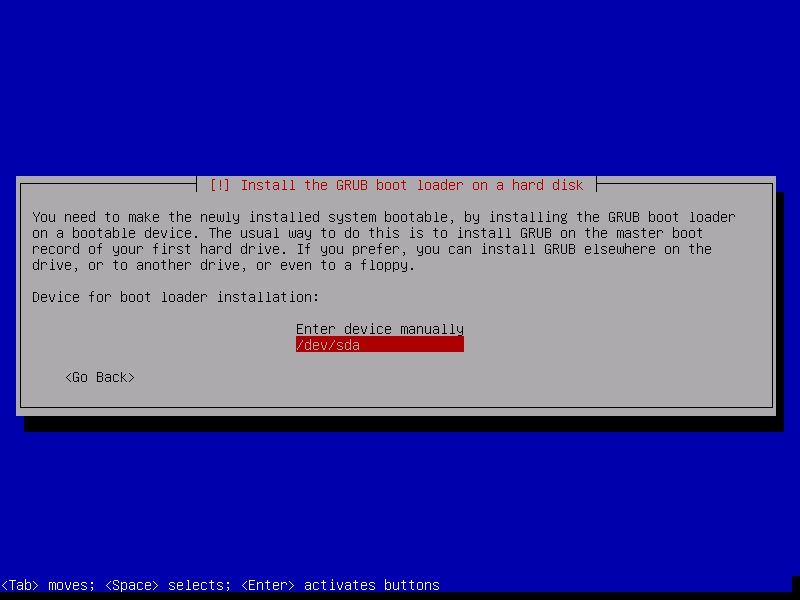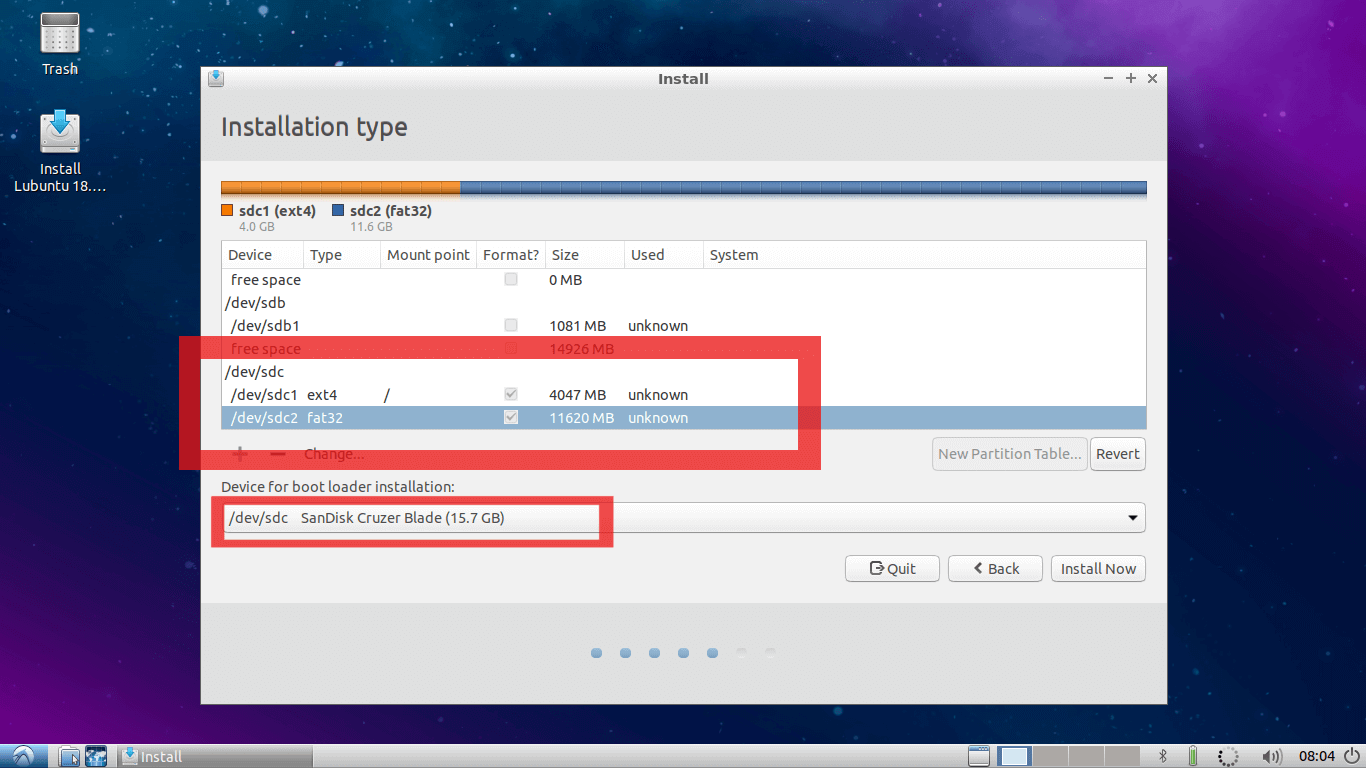

- #Install bootloader on usb debian how to
- #Install bootloader on usb debian install
- #Install bootloader on usb debian update
When you reboot your Mac to test this, don't forget to hold down the Option key at startup to boot from USB. % for x in /dev/pts /dev /proc /sys /boot/efi / doĪnd that should be everything.
#Install bootloader on usb debian install
Whilst you are in the chroot jail and connected to the internet, you can install any other software you think you might need before exiting and unmounting: % apt-get install sudo vim cryptsetup % cp /boot/efi/EFI/debian/grub圆4.efi /boot/efi/EFI/boot/boot圆4.efi
#Install bootloader on usb debian update
Install GRUB2 and copy the bootloader to where the MacBook expects to find it: % apt-get update % mkdir /mnt/sdb2/boot/efi & mount /dev/sdb1 /mnt/sdb2/boot/efi Mount the new USB drive along with a few parts of the existing running VM and chroot into it: % mkdir /mnt/sdb2 & mount /dev/sdb2 /mnt/sdb2 I'm going to assume that it is on sdb if you are not sure then check the output of the kernel buffer at the point at which you insert it ( dmesg | tail). When the installation is done, boot up a VM containing a running debian installation and insert the USB drive making sure to pass it through to the VM.

Part of the difficulty that some people have with this setup is that modern Macs require UEFI-compatible USB drives to boot from. An alternative method would be to use debootstrap but I won't go into that here.

The method I use requires VirtualBox, which should also contain a working debian installation itself. Arturo Filastò has written a similar guide for Tails. Nevertheless, if you wish to use a live CD instead, I recommend Tails. It is not possible to tailor the base configuration of a live CD to one's own requirements, and they frequently automatically connect to the nearest local network. Note that this is slightly different to using a live CD.
#Install bootloader on usb debian how to
See the debian wiki for information on how to separate your key. Networking is deliberately not configured and all operations requiring the master keypair (such as signing other people's keys) are done only on this system. I use this to store a copy of my PGP master keypair. This guide shows how to install debian so that it can be booted and run from a USB drive on a MacBook Air.


 0 kommentar(er)
0 kommentar(er)
